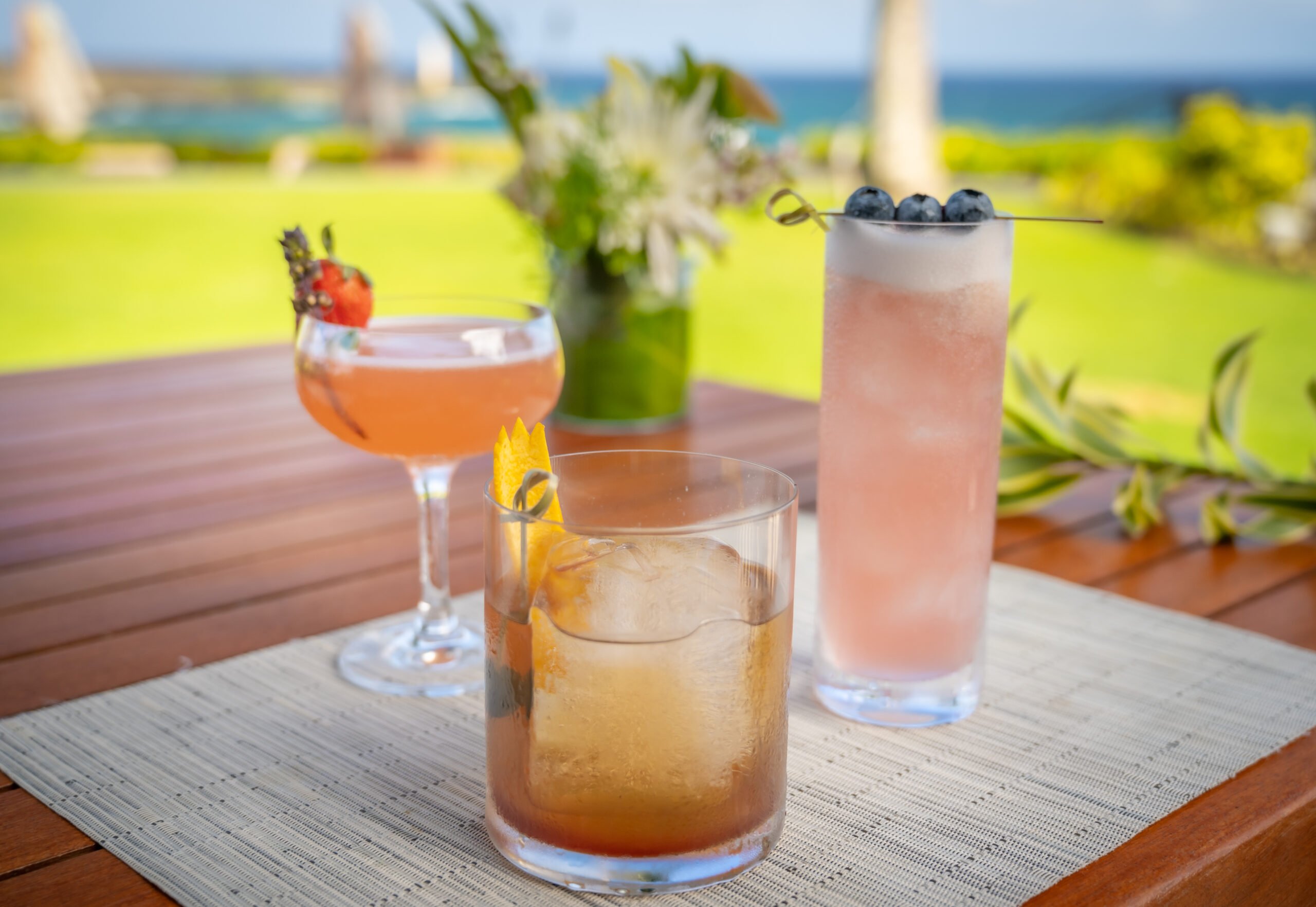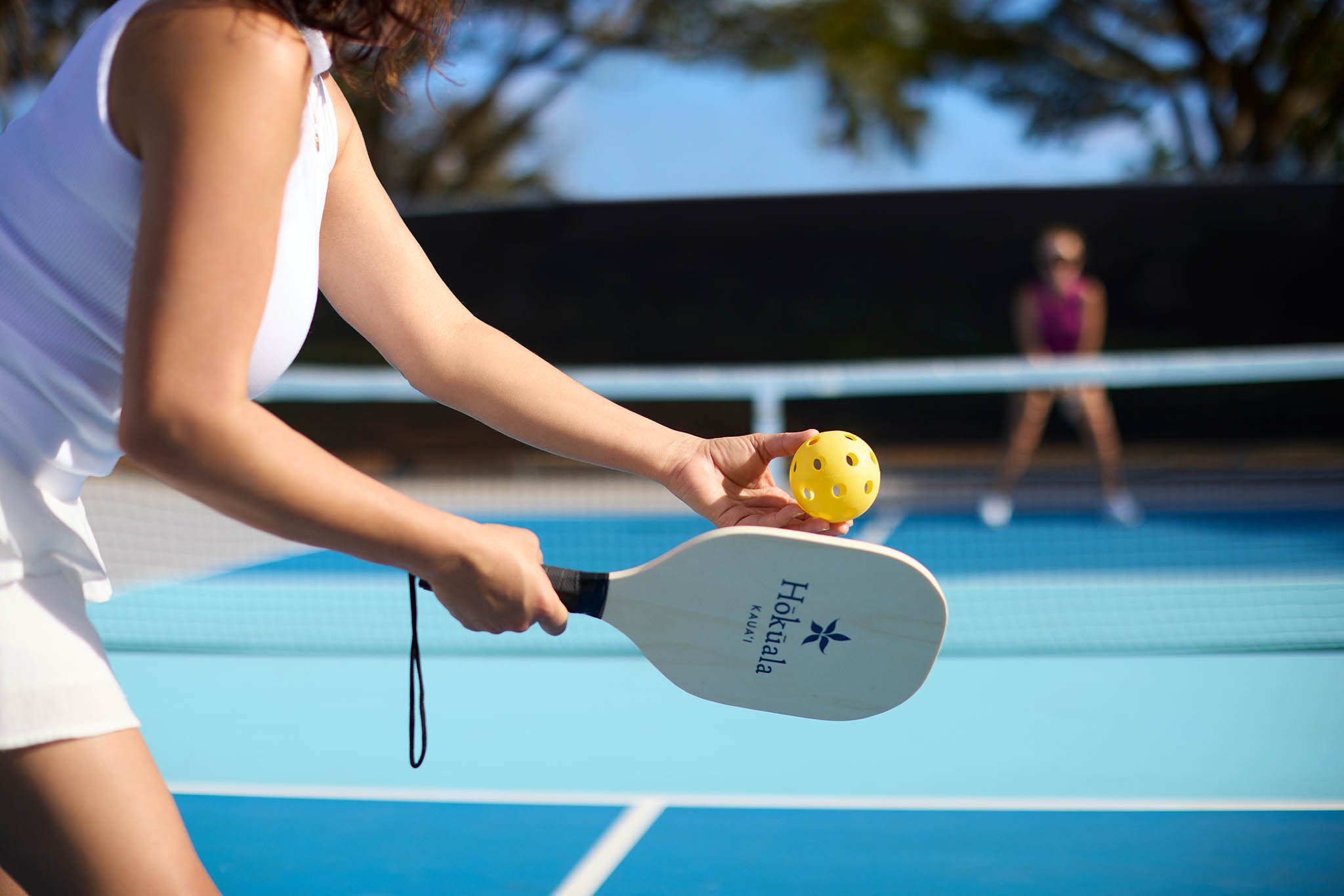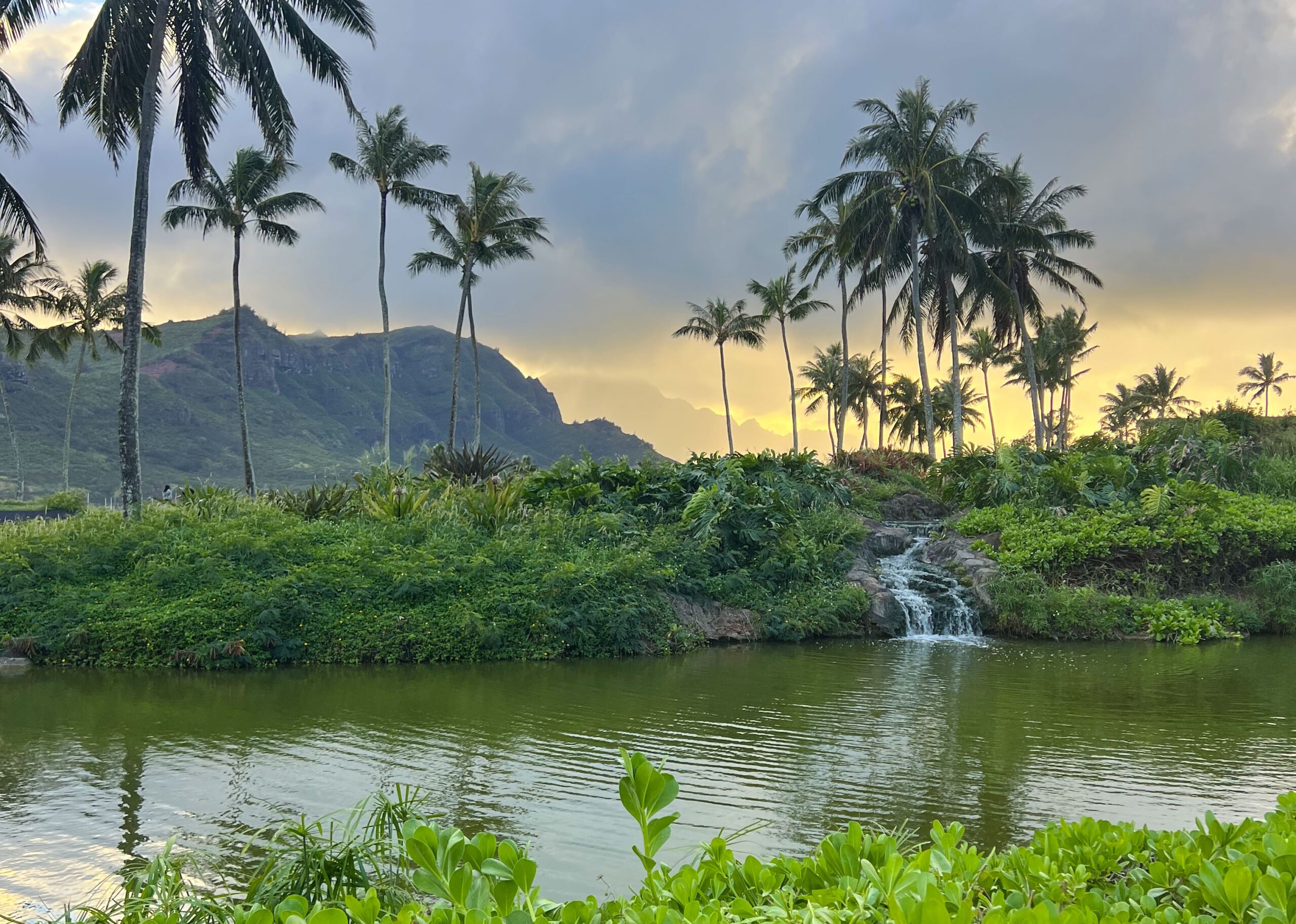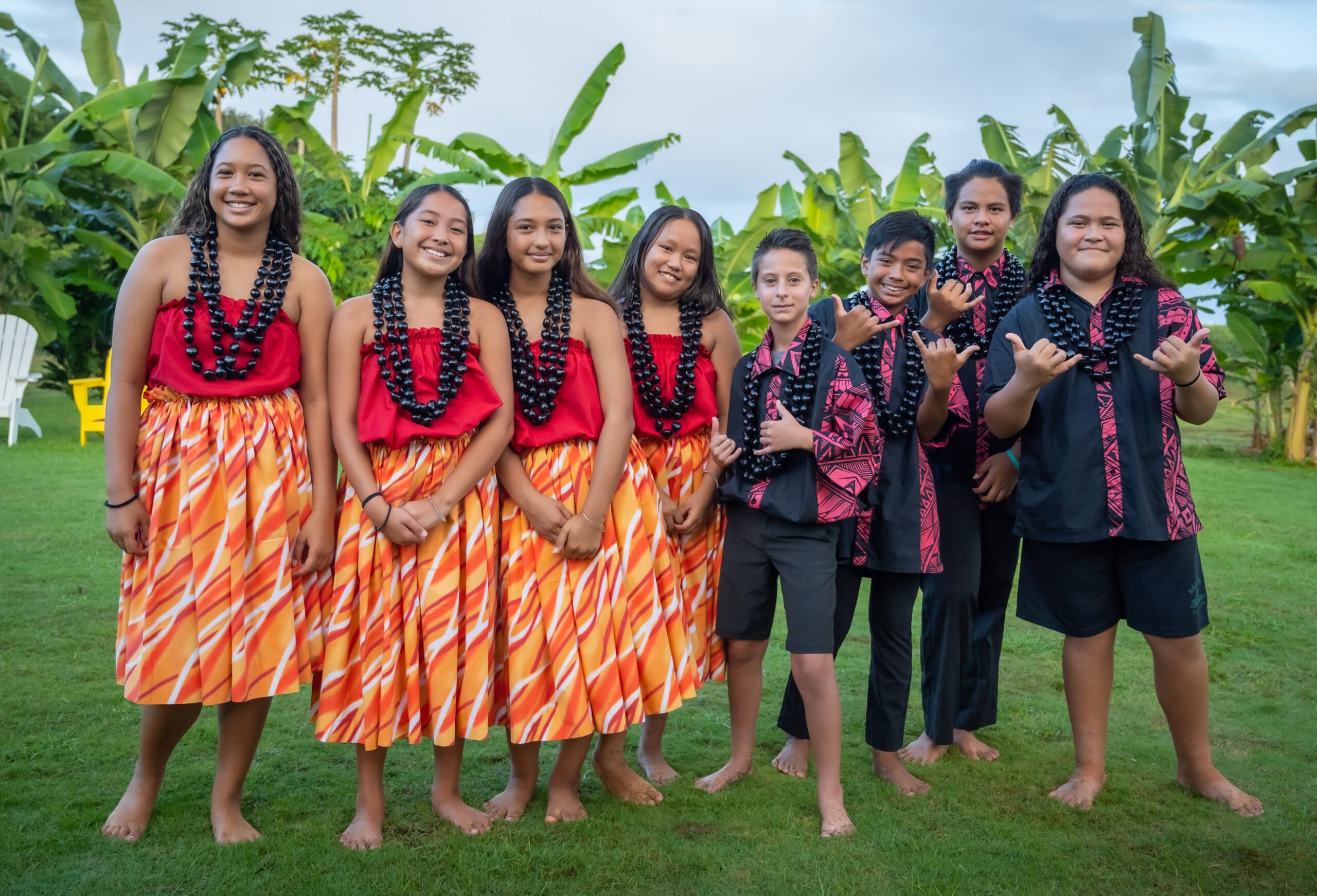Native Hardwood Trees of Hawai‘i
July 17, 2023
Preserving cultural history and progressing local sustainability.
Connecting with the ʻāina through utilizing tools provided by nature goes back to native Hawaiian tradition and continues today. From plant medicine to food and shelter, nature’s provisions have carried the community on the islands for centuries. As a result, woodworking specifically has become a long-cherished art form in Hawaiʻi. With beautiful endemic trees such as the popular Hawaiian Koa at their fingertips, local makers have immersed themself in the ancient tradition of turning to nature for inspiration and materials. From koa ukuleles to the ever-popular acacia countertops, there is no lack of appreciation for Hawaiian hardwood trees, in both function and style.


As champions of repurposing, our 16.5-acre organic farm, The Farm at Hōkūala, sits on reclaimed land that once was an overgrown golf course. Cultivating that land for several years has resulted in our bountiful fruit orchard, organic vegetable garden, owner’s coconut grove, and more. By taking our kuleana to the ʻāina seriously, we are able to provide Hualani’s with farm-to-table dishes and cocktails, and welcome guests onto our farm to learn about sustainable farming and the history of our sacred endemic tree species.

Meet the Trees

Hawaiian Koa
History: The largest of all native trees and ONLY found in Hawaiʻi, Koa is arguably the best-known Hawaiian wood and appropriately so, as the first surfboards were made of koa! Koa is also utilized for traditional Hawaiian outrigger canoes for travel between islands, wayfinding, and fishing. These giants can live 50-80 years!
Uses: The color and grain of koa makes it a sought-after wood for furniture and even jewelry.
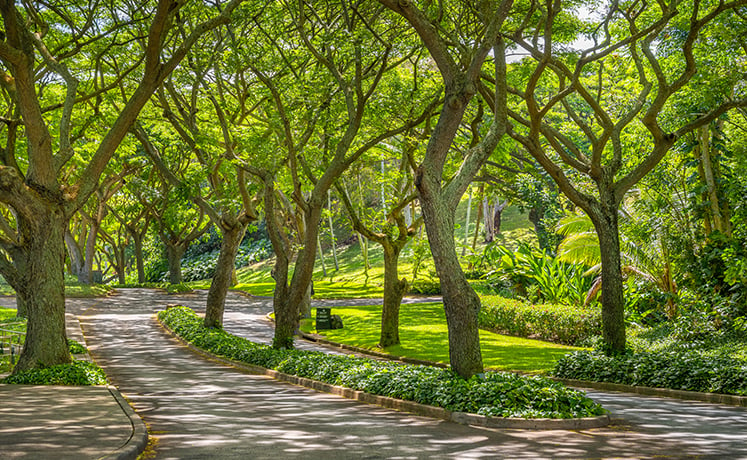
Monkeypod
History: Entering the property, it’s hard to ignore the abundance of lovely monkeypod and earpod trees lining the road. The umbrella canopy of these trees is a sight to behold and provides much-needed shade from the Hawaiian sun. Traditionally, monkeypod and earpod seeds were also used in lei-making.
Uses: Adored for its intricacies and gorgeous texture, monkeypod is often used in woodworking, furniture making, and art. In addition to the ample shade, the monkeypod tree also nourishes the soil where it is planted with an output of nitrogen. Talk about a giver!

Acacia
History: Acacia koa is a species of acacia that is endemic to Hawaiʻi. Acacia is in the koa family and can be identified by their light yellow, cream, or white round powder puff flowers.
Uses: Similar to Hawaiian koa, acacia is often used in home furnishings, with slabs becoming increasingly popular as bar tops, benches, or countertops.

Kou
History: Once a very common coastline tree, kou almost went extinct in the late 1800s due to a predatory insect. Invasive species – both plant and animal – dramatically affect the delicate ecosystem of Hawaiʻi.
Uses: Historically, the wood of the kou tree was mostly utilized for bowls and food storage. Now, it is used more as a carving wood.
A recently acquired gift from our friends at National Tropical Botanical Gardens.

ʻOhiʻa Lehua
History: This lovely tree is often identified first by its bright red and yellow blooms, and secondly as the Hawaiian legend of ‘Ōhi‘a and Lehua; two young lovers. It is said that picking a flower from the ʻohiʻa lehua will bring on rain.
Uses: Flooring, furniture, architectural posts, and firewood.
Flowering on The Farm at Hōkūala.
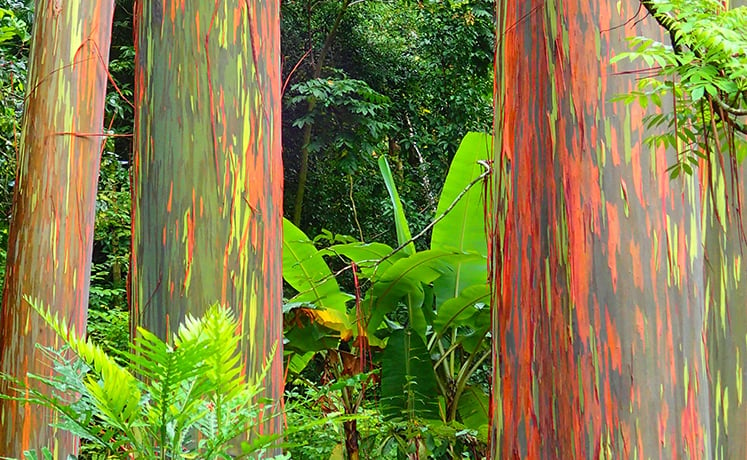
Rainbow Eucalyptus
History: This fast-growing beauty is best identified by its smooth orange-tinted trunk bark which peels to reveal streaks of green, red, orange, gray, purple, and brown. You can spot this painter’s delight near the first green, and on the walk to the second tee box on the Ocean Course at Hōkūala.
Uses: The leaves of the eucalyptus are aromatic when crushed, but the bark of the tree is most often used for pulpwood generation. Believe it or not, the wood pulp from the tree is the primary ingredient in white paper. Harvesting eucalyptus to repurpose can actually be environmentally friendly, but only if reforestation initiatives are carefully planned.
Found on the Ocean Course at Hōkūala.

Mango
History: Historically, the mango tree’s bark and leaves were used medicinally as remedies for inflammatory and respiratory issues. And of course, the fruit is delicious and nutritious as well!
Uses: Now used for instruments, furniture, wood carving, and flooring, mango wood is easy to work with and polishes up well. Eco-friendly practices include harvesting mango trees for lumber once they have completed their fruit-bearing lifespan.

Coconut
History: The bottom several feet of large coconut trees were used in the carving of the hula drum among native Hawaiians. The coconut tree also provided means for shelter, food, drink, and fishing nets with its various parts.
Uses: As the coconut tree represents the important roots of Hawaiian culture, we have established a beautiful tradition of welcoming new owners at Timbers Kauaʻi with a coconut tree planting ceremony at The Farm. This ceremony is a nod to the past and a welcoming to our owners, establishing roots with us here on Kauaʻi and joining our ʻohana.
Hawai‘i Big Tree Competition
In an effort to honor the grandiose nature of these sacred trees and integrate the storytelling behind them into the community, the Division of Forestry and Wildlife has created the Hawai‘i Big Tree Competition “to find the biggest tree species throughout the Hawaiian islands to preserve and raise awareness of our local trees, many of which cannot be found anywhere else in the world.”
We hope to see some of Hōkūala’s trees on the Big Tree list in the future!
Want to learn more about our trees and what’s growing at The Farm? Our team hosts regular tours and events as well as our Wildlife Sanctuary tour, which runs through the history and bountiful wildlife that call Hōkūala home.


